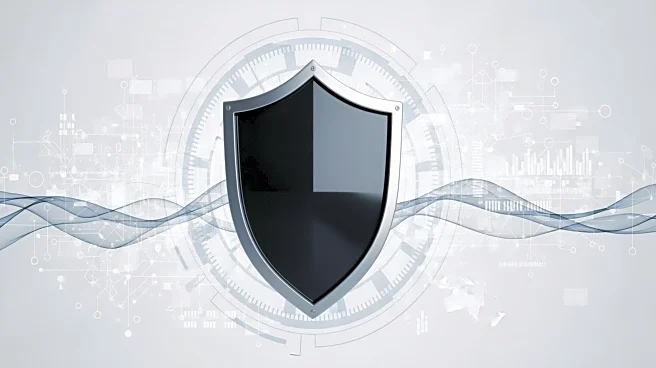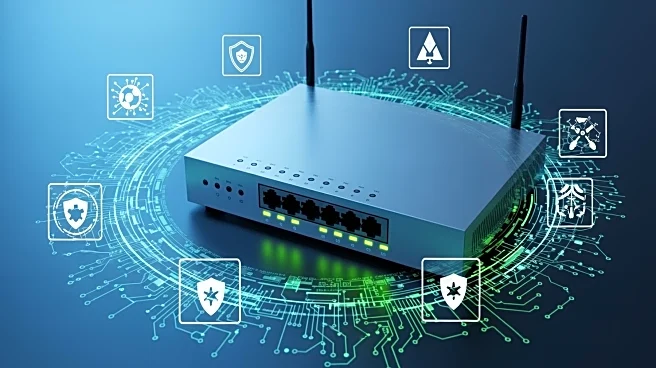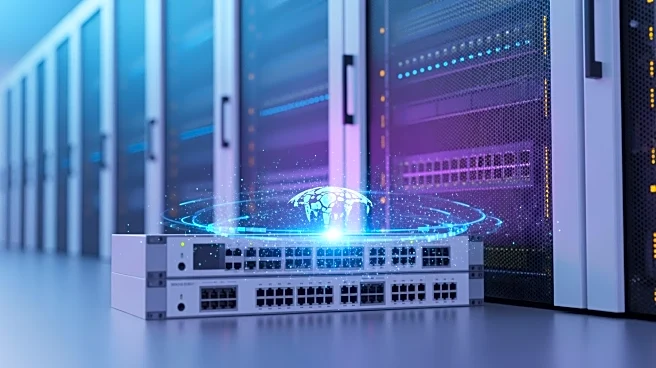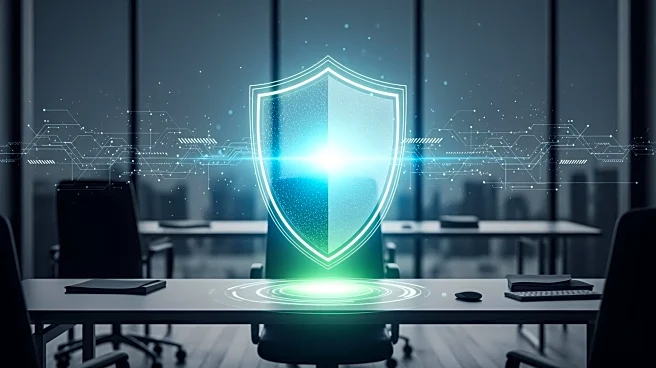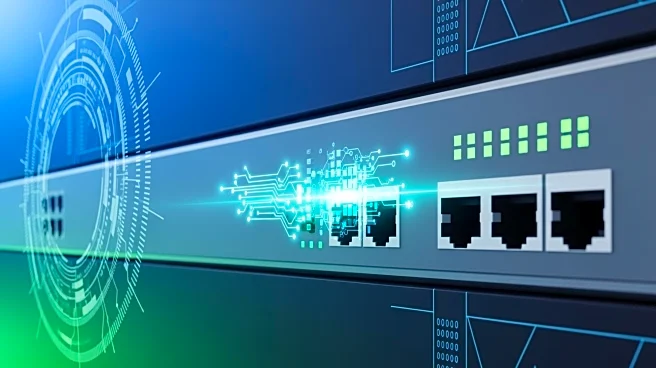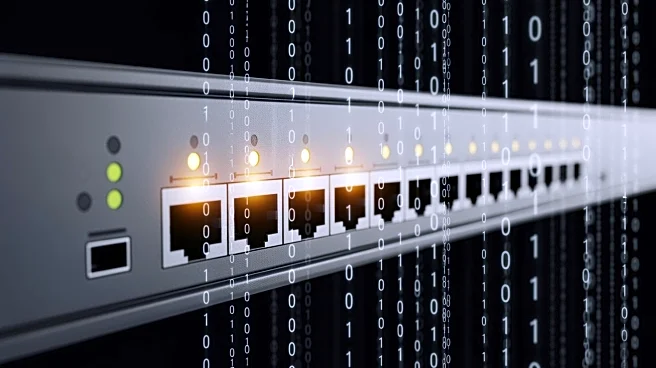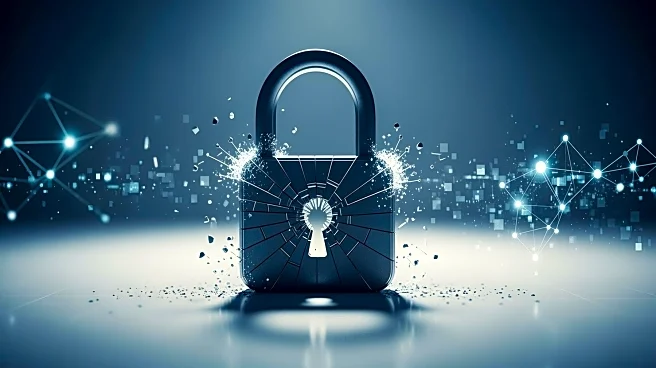What's Happening?
Network security devices are facing significant risks due to vulnerabilities dating back to the 1990s. Vendors such as Palo Alto Networks and Ivanti are actively working to address these issues by implementing
secure development lifecycle practices and architectural changes. Palo Alto Networks has enhanced its security measures by employing Security-Enhanced Linux (SELinux) and Integrity Measurement Architecture (IMA) in its PAN-OS platform. The company has expanded its Deep Product Security Research Team to tackle the root causes of security flaws and improve the architecture to prevent exploitation. Ivanti, which has been targeted by zero-day exploits, is also making architectural changes and addressing technical debt accumulated over decades. The Cloud Software Group, owner of NetScaler, has committed to secure development methodologies and proactive security measures.
Why It's Important?
The persistence of legacy vulnerabilities in network security devices poses a significant threat to organizations, potentially leading to exploitation by advanced persistent threat (APT) groups. As the threat landscape evolves, companies must prioritize security to protect their networks and maintain customer trust. The efforts by vendors to enhance security measures and address architectural flaws are crucial for safeguarding sensitive data and ensuring operational resilience. These initiatives reflect a broader industry trend towards improving cybersecurity standards and practices, which is essential for mitigating risks and maintaining competitive advantage in a digital economy.
What's Next?
Vendors are expected to continue investing in security enhancements and architectural changes to address legacy vulnerabilities. The commitment to secure development practices and proactive security measures will likely lead to improved product security and operational excellence. As companies like Palo Alto Networks and Ivanti lead the way in addressing these issues, other vendors may follow suit, contributing to a more secure network environment. Regulatory bodies and industry groups may also play a role in setting standards and guidelines to ensure consistent security practices across the sector.
Beyond the Headlines
The ongoing efforts to address legacy vulnerabilities highlight the importance of continuous improvement in cybersecurity practices. As technology evolves, companies must remain vigilant and proactive in identifying and mitigating potential threats. The focus on architectural changes and secure development practices underscores the need for a holistic approach to cybersecurity, integrating technical, operational, and strategic elements to protect against exploitation.


